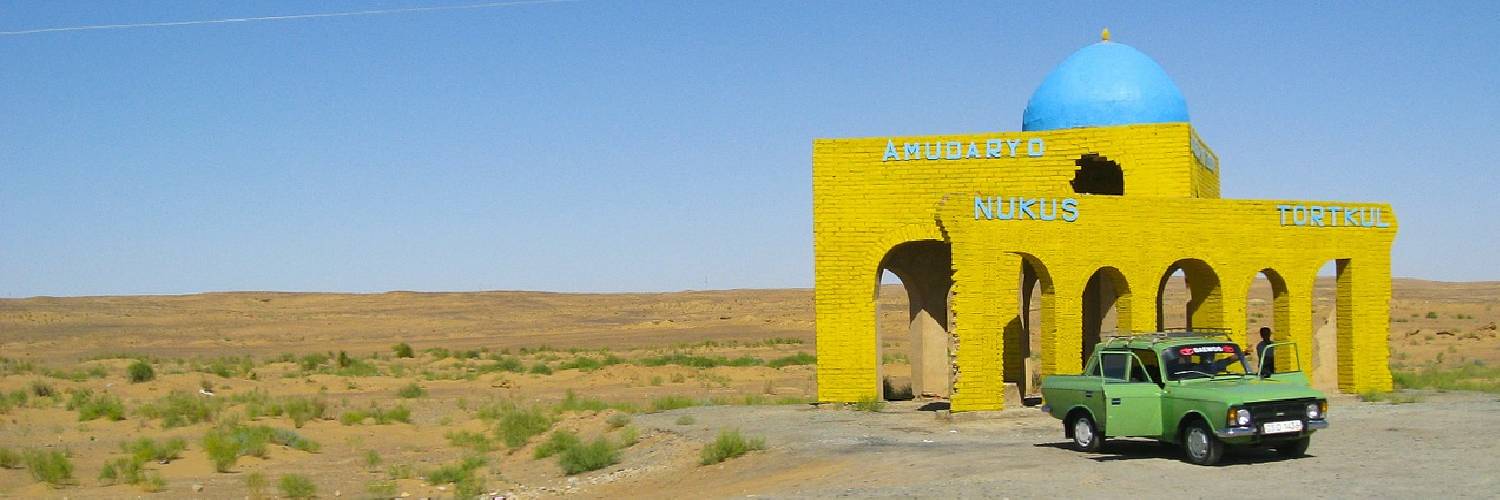

UZBEKISTAN
The lost Louvre
The legendary Savitsky Museum in Nukus has aptly been nicknamed the “Louvre in the Sands” .
The museum was founded in 1966 at the initiative of Moscow artist Igor Vitalievich Savitsky (1915-1984). It is officially known as the State Museum of Arts of Karakalpakstan and its collection features approximately 90,000 items providing a chronological coverage of more than four millennia.
In summer 2009, writers from The New York Time’s leisure column and the International Herald Tribune advised art-savvy readers who are generally difficult to surprise to visit the Nukus Museum before dying.
Igor Savitsky first came to Karakalpakstan in 1950 with an archaeological expedition, fell in love with the culture and art of this land, and in 1957 moved to Nukus. He started to collect items of archaeological interest and to buy paintings by Uzbek and Russian artists from the avant-garde school. Savitsky convinced the authorities of the need for a museum to house the massive collection and the museum was opened in 1966 with himself as its first curator. Risking being imprisoned as an ‘enemy of the people’, Igor Savitsky rescued works of forbidden artists, who were repressed by the Soviet regime and saved them in this remote desert museum.
The story of Igor Savitsky, the museum and some of the artists is told in the excellent 2010 film “Desert of Forbidden Art”.
This is a truly amazing art gallery with an impressive collection and a history of saving forbidden art. Tourists sometimes travel to Nukus for the sole reason of visiting this museum!
Entry requirements for Uzbekistan
There are changes in the entry requirements and a relaxation of restrictions:
- No more PCR-tests for fully vaccinated travellers
- Restart of e-visa
- Opened land borders with Tajikistan
- Opened land borders with Kazakhstan (for locals only)


